John Wood Group shares fell more than 50 per cent on Thursday as the UK energy engineering company announced an independent review of one of its core divisions following multimillion dollar write-offs this year.
Shares in the London-listed group, a subject of two failed takeover bids in the past 18 months, fell after it said had agreed to a review of its projects division “in response to dialogue with its auditor”. The division designs and procures for large engineering projects in sectors such as energy and mineral processing
Aberdeen-based Wood said the evaluation, to be undertaken by Deloitte, would include looking at governance and determining if there was a need for previously reported information to be restated.
It is a blow for Wood and chief executive Ken Gilmartin, who is under pressure to prove the company can implement a turnaround plan and succeed as an independent entity after a turbulent period.
Wood announced write-offs of almost $1bn in August after deciding to exit certain types of work and recognise costs related to legacy acquisitions, pushing the company into an operating loss of $899mn in the six months to June.
“This review will focus on reported positions on contracts in projects, accounting, governance and controls, including whether any prior year restatement may be required,” Wood said. “An update will be provided as appropriate following its conclusion.”
Wood, which employs about 35,000 on engineering and consulting projects across the world, has been struggling to turn its fortunes around after a £2.2bn takeover of Amec Foster Wheeler in 2017 saddled it with high debts and legal liabilities.
Earlier this year, the company was repeatedly pursued by Sidara, known as Dar Al-Handasah, in a bid that valued it at about £1.6bn. Dubai-based Sidara walked away in August, citing “geopolitical risks and financial uncertainty”.
It was the second potential deal for Wood to collapse in just over a year. Private equity company Apollo Global decided in May 2023 against concluding a 240p-a-share bid that valued Wood at about £2.2bn at the time, including debt. Wood is now worth about £431mn after Thursday’s decline.
The company has also come under pressure from some investors to move its listing from London, but Gilmartin rejected that and told the Financial Times in August that such a move would not solve the company’s problems.
In Thursday’s trading update, Gilmartin said Wood had a “mixed quarter” in the three months to September despite strong growth in its operations division, which maintains and manages projects.
The projects division had a disappointing quarter after it was “impacted by delayed awards in our chemicals business and our continued weakness in minerals and life sciences”, he said.
Group revenue for the first nine months of the year fell about 3 per cent to $4.3bn, and the company reiterated a full-year guidance of “high single-digit growth”.
Analysts at Citi said the trading update was “below market expectations” and they “would like to see improved operational delivery”.

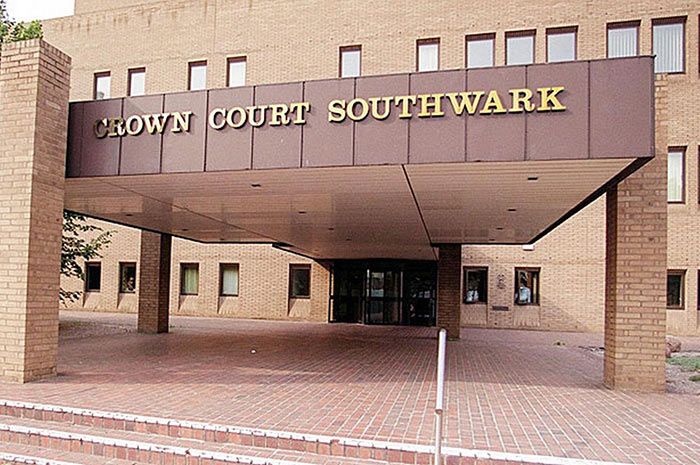




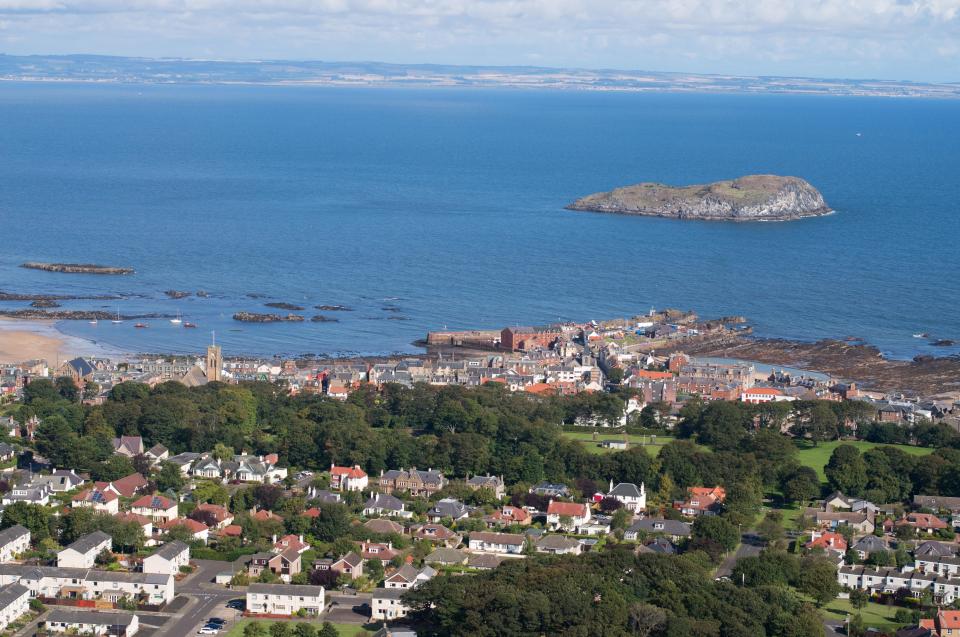
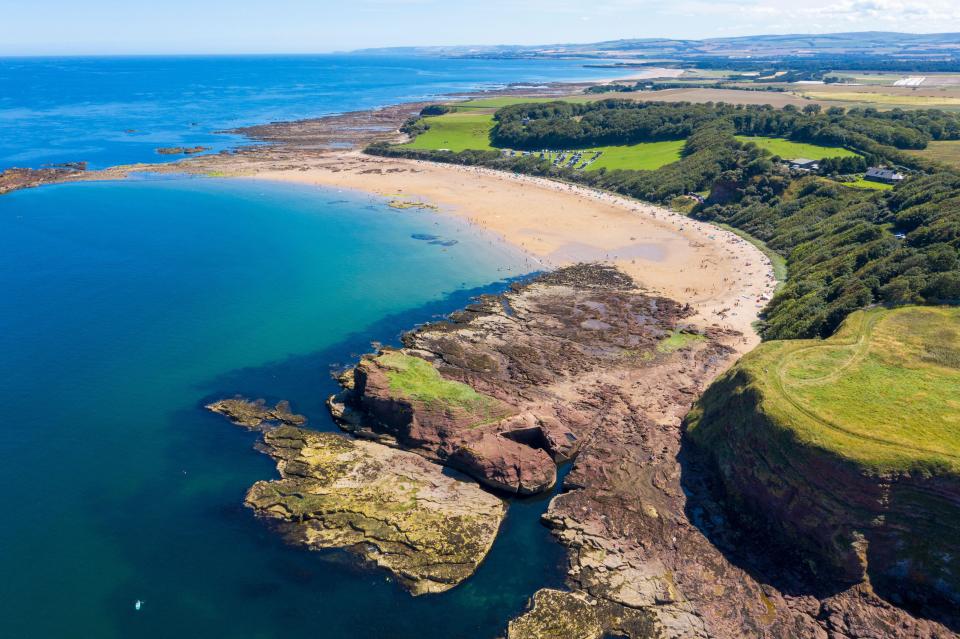
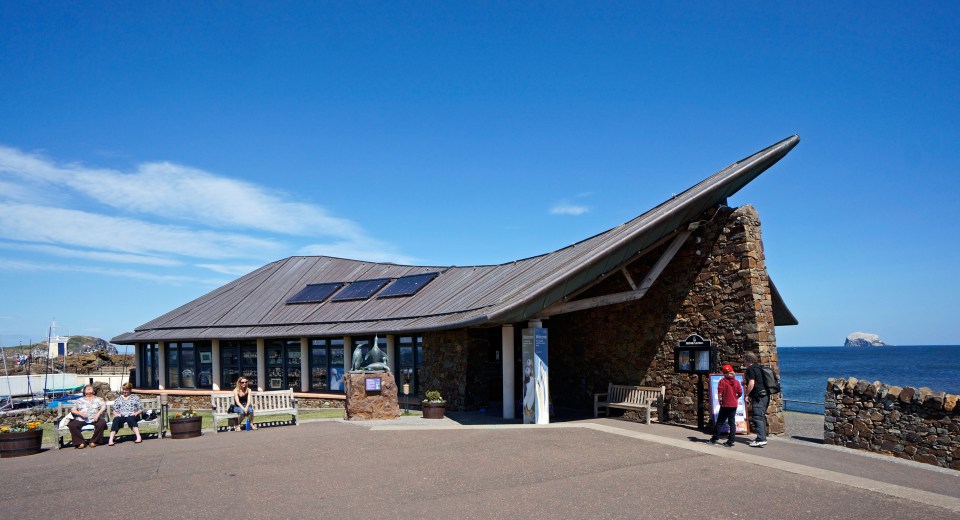
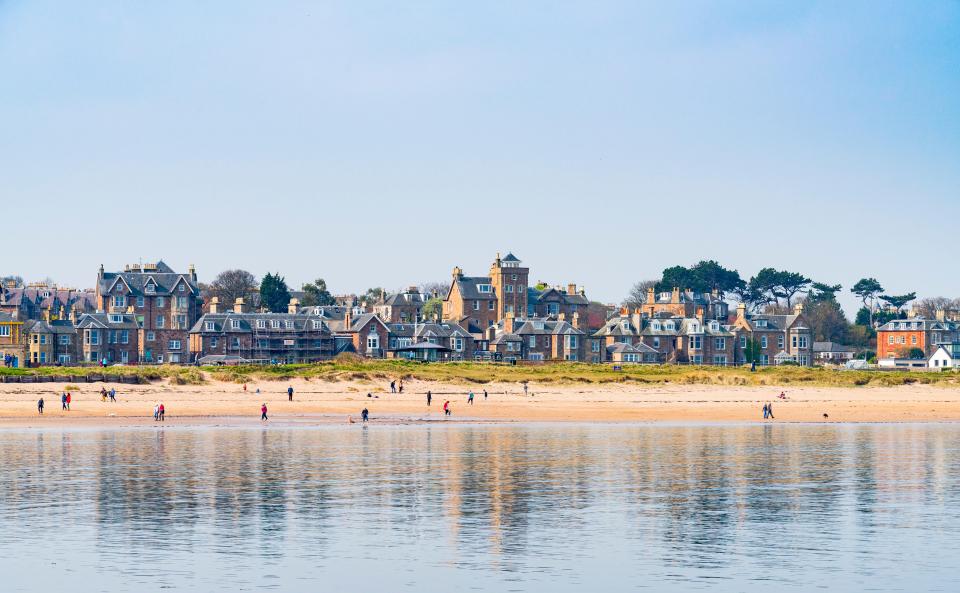































































































































































You must be logged in to post a comment Login